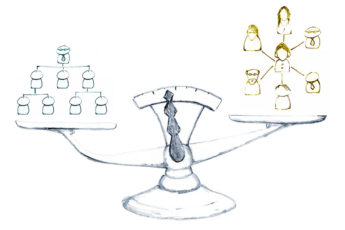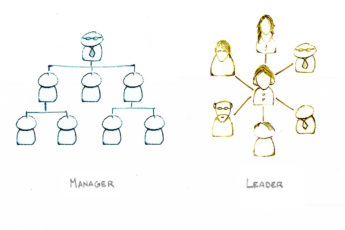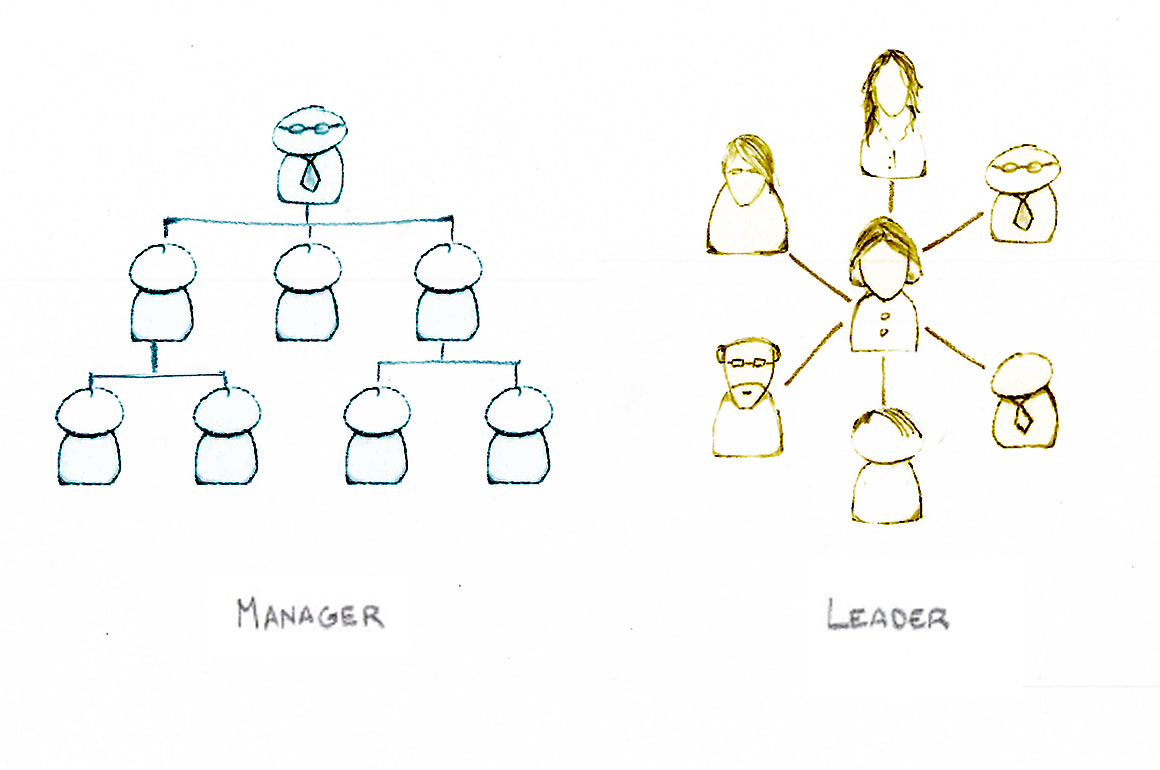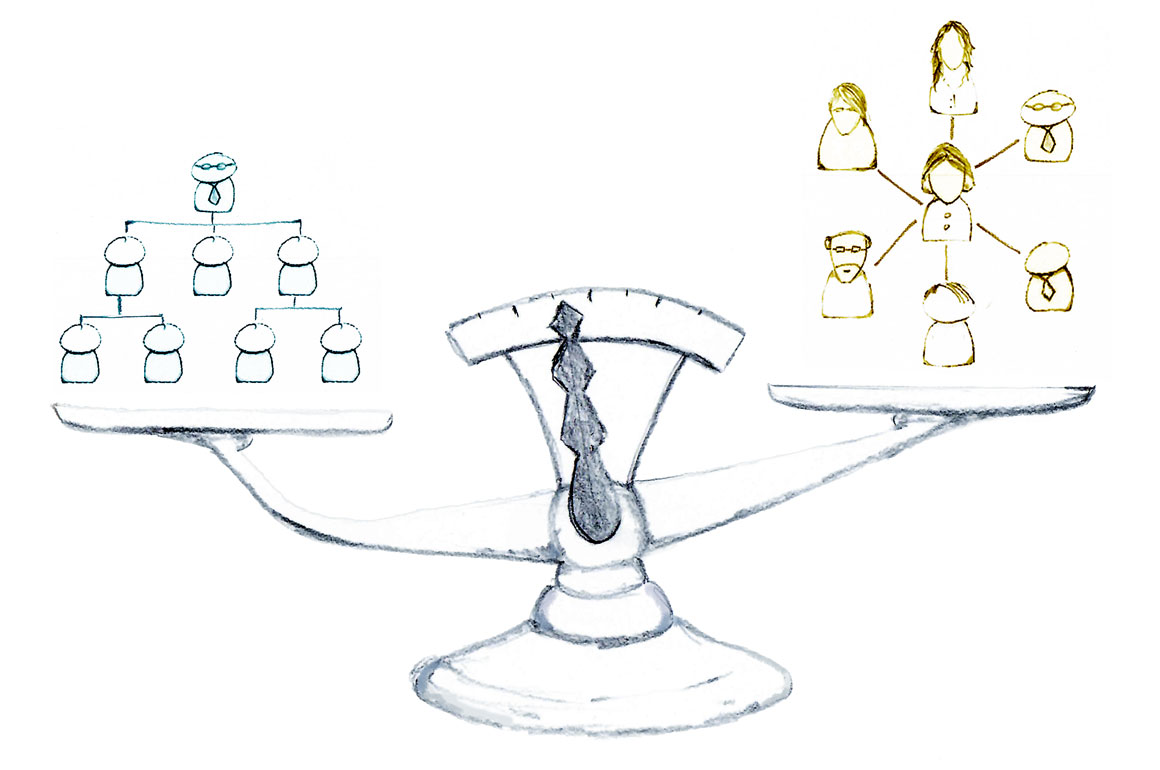What are the key leadership behaviors for non-managers?

Q: What are the key leadership behaviors for non-managers?
A:
This is an interesting question because the answer is the same for managers as it is for non-managers. The notable difference is that managers have additional responsibilities representing the Company, formally developing people and ensuring commitments are met.
Top three leadership behaviors for non-managers
1: Ignore organizational boundaries and be a collector of people
2: Refine your point of view so that it speaks up, down and sideways
3: Consistently deliver remarkable outcomes
For better or worse, leaders model behaviors that become the foundation for other leaders. If the behaviors are desirable, this can quickly develop strong organizations. Unfortunately, bad behaviors create leaders with bad habits wreaking havoc on Company culture and execution.
When we experience dysfunctional leadership, you have to see it as a gift for how not to be. Remember, some leaders are followed because of their authority and not because of their ability. It is important to differentiate the people that are leading you from their position, verses those you follow because of their leadership.
Next steps: Actions that change everything
1: Develop a strong point of view
- Acquire knowledge from inside and outside the workplace
- Incorporate your unique take on the topic
- Practice positioning those ideas to different audiences
- Find like minds; listen and learn from them
2: Remain open to new opportunities
- Self-assess your current reach
- Commit to connecting with people across functions, organizations and geographies
- Mentor people who have something to teach you
3: Develop remarkable outcomes
- Ensure your projects are being led vs executed
- Find projects that are fragile or on fire and find a way to support success
- Make sure you are not over-celebrating successes
Three tools for all leaders
USE
Leuchtturm1917
Medium Size
Hardcover A5 Notebook
Dotted Pages
The best journal made
READ
Iconoclast: A Neuroscientist Reveals How to Think Differently
by Gregory Berns
We use affiliate links on this site. We make a bit of money when you click on those links. It costs you nothing and helps us spread the word.






